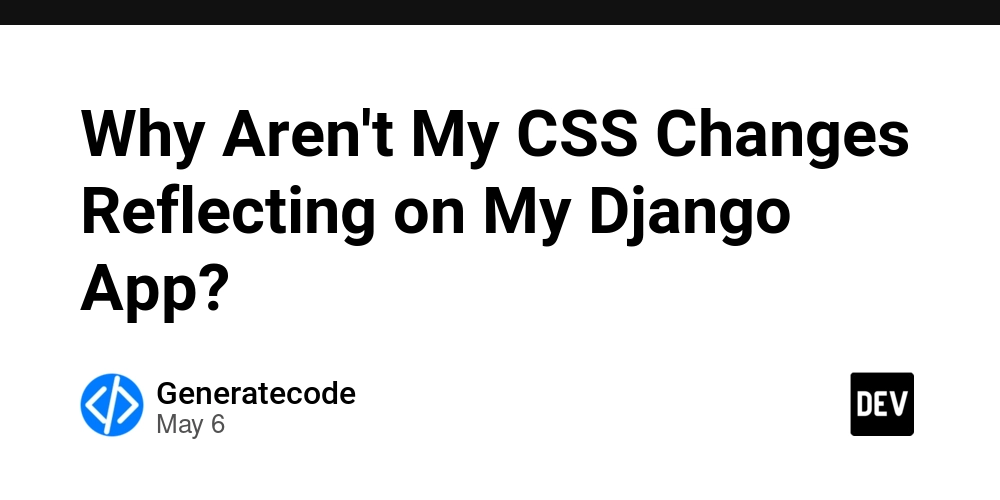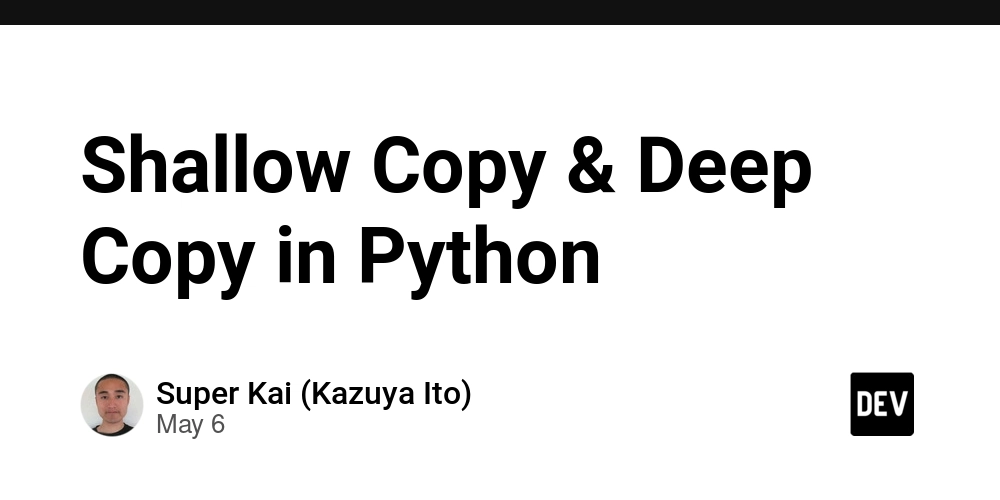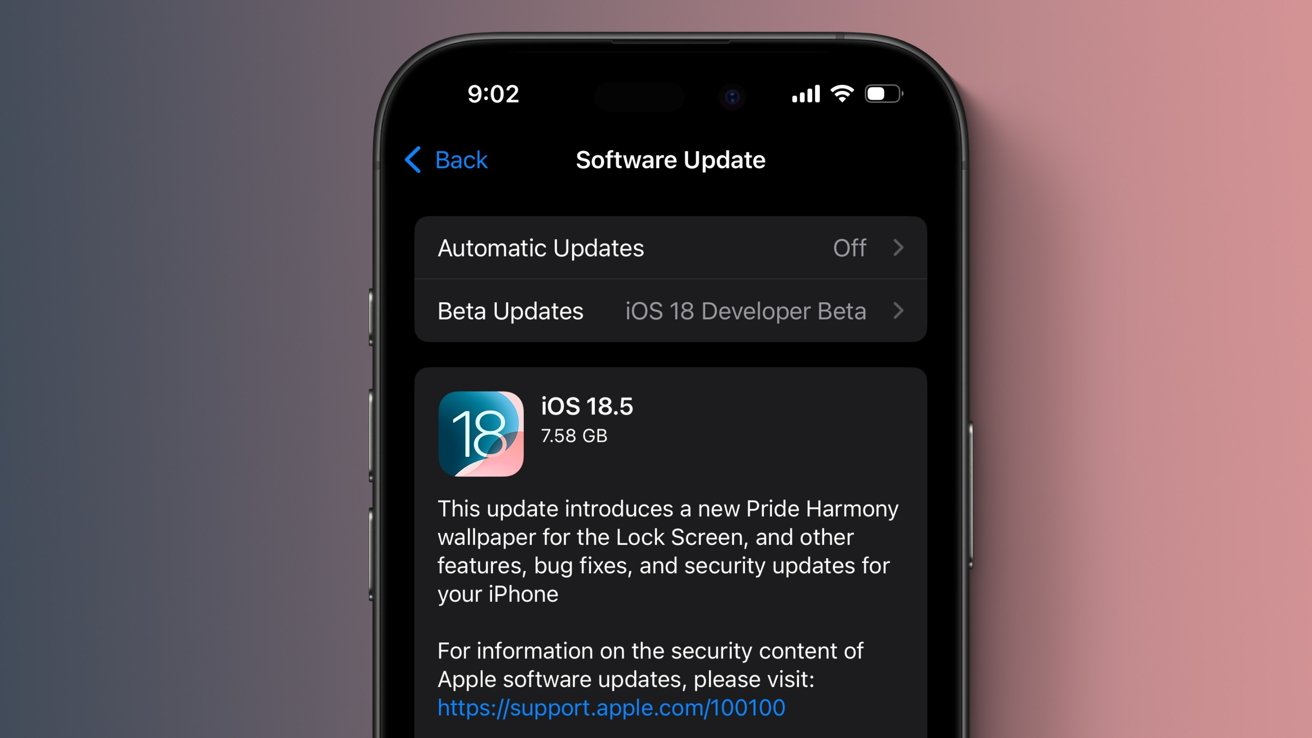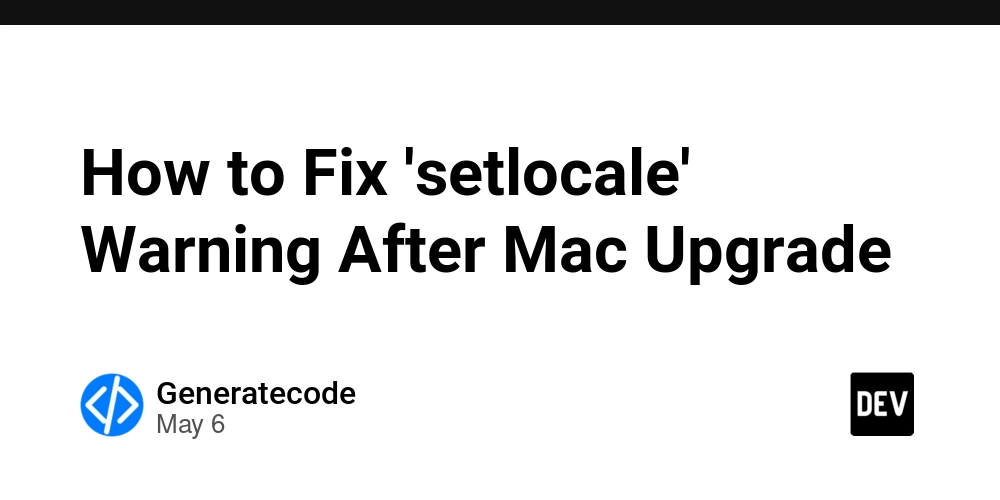Optional Chaining in JavaScript: Write Safer, Cleaner Code
As a self-taught developer, I'm constantly uncovering new gems in JavaScript — and recently, I stumbled upon one that instantly made my code cleaner and less error-prone: optional chaining. Optional chaining (?.) is a deceptively simple yet powerful feature that allows you to safely access deeply nested object properties without throwing errors like Cannot read property 'x' of undefined. If you've ever written defensive code like this: The Problem Before Optional Chaining During my study or should i say discovery, accessing nested properties in objects required a lot of checks to prevent the infamous type error. For instance, in this scenario: const user = {profile: {name: "John",},}; console.log(user.profile.name); // "John" console.log(user.profile.age); // undefined This works fine, but what if ‘profile’ itself was undefined? const user = {}; console.log(user.profile.name); // Uncaught TypeError: Cannot read property 'name' of undefined You would typically need to check each level like this: const user = {}; console.log(user && user.profile && user.profile.name); // undefined This to me was verbose and hard to maintain as the object structure became more complex Enter Optional Chaining (?.) Optional chaining simplifies this by allowing you to safely access properties at any depth. If any part of the chain is null or undefined, it will short-circuit and return undefined instead of throwing an error. const user = {}; console.log(user.profile?.name); // undefined, no error With optional chaining, you can now write cleaner, more readable code that is much safer to work with when accessing nested properties. How It Works The ?. operator works by checking if the value before it is null or undefined. If it is, the entire expression evaluates to undefined. If not, it continues to access the property. Here’s a breakdown: object?.property: Accesses object.property if object exists. object?.[key]: Accesses object[key] if object exists. object?.method(): Calls object.method() if object and method exist. A Few More Examples Accessing Nested Properties: const user = { profile: { name: "Alice", contact: { email: "alice@example.com", }, }, }; console.log(user.profile?.contact?.email); // "alice@example.com" console.log(user.profile?.contact?.phone); // undefined Without optional chaining, you’d have to check every property manually to avoid runtime errors. Calling Methods: const user = { profile: { greet() { return "Hello!"; }, }, }; console.log(user.profile?.greet()); // "Hello!" console.log(user.profile?.farewell?.()); // undefined, no error You can even safely call methods without worrying whether they exist. When to Use Optional Chaining? Optional chaining is best used when you’re dealing with objects that might not always have all the properties you expect. This is especially common when working with data from APIs or user-generated content. It helps avoid unnecessary checks and makes your code more concise. Fallback Values with Nullish Coalescing (??) A good companion to optional chaining is the nullish coalescing operator (??). It allows you to provide a default value when optional chaining returns undefined or null. const user = {}; const name = user.profile?.name ?? "Guest"; // "Guest" In this example, if user.profile?.name is undefined, the fallback value "Guest" will be used. Conclusion Optional chaining is a simple yet powerful tool that helps eliminate common pitfalls when accessing nested properties in JavaScript. It makes your code cleaner, more readable, and easier to maintain. If you haven’t started using it yet, now is the time to incorporate this feature into your projects!

As a self-taught developer, I'm constantly uncovering new gems in JavaScript — and recently, I stumbled upon one that instantly made my code cleaner and less error-prone: optional chaining.
Optional chaining (?.) is a deceptively simple yet powerful feature that allows you to safely access deeply nested object properties without throwing errors like Cannot read property 'x' of undefined. If you've ever written defensive code like this:
The Problem Before Optional Chaining
During my study or should i say discovery, accessing nested properties in objects required a lot of checks to prevent the infamous type error. For instance, in this scenario:
const user = {profile: {name: "John",},}; console.log(user.profile.name); // "John" console.log(user.profile.age); // undefined
This works fine, but what if ‘profile’ itself was undefined?
const user = {};
console.log(user.profile.name); // Uncaught TypeError: Cannot read property 'name' of undefined
You would typically need to check each level like this:
const user = {};
console.log(user && user.profile && user.profile.name); // undefined
This to me was verbose and hard to maintain as the object structure became more complex
Enter Optional Chaining (?.)
Optional chaining simplifies this by allowing you to safely access properties at any depth. If any part of the chain is null or undefined, it will short-circuit and return undefined instead of throwing an error.
const user = {};
console.log(user.profile?.name); // undefined, no error
With optional chaining, you can now write cleaner, more readable code that is much safer to work with when accessing nested properties.
How It Works
The ?. operator works by checking if the value before it is null or undefined. If it is, the entire expression evaluates to undefined. If not, it continues to access the property.
Here’s a breakdown:
object?.property: Accesses object.property if object exists.
object?.[key]: Accesses object[key] if object exists.
object?.method(): Calls object.method() if object and method exist.
A Few More Examples
Accessing Nested Properties:
const user = {
profile: {
name: "Alice",
contact: {
email: "alice@example.com",
},
},
};
console.log(user.profile?.contact?.email); // "alice@example.com"
console.log(user.profile?.contact?.phone); // undefined
Without optional chaining, you’d have to check every property manually to avoid runtime errors.
Calling Methods:
const user = {
profile: {
greet() {
return "Hello!";
},
},
};
console.log(user.profile?.greet()); // "Hello!"
console.log(user.profile?.farewell?.()); // undefined, no error
You can even safely call methods without worrying whether they exist.
When to Use Optional Chaining?
Optional chaining is best used when you’re dealing with objects that might not always have all the properties you expect. This is especially common when working with data from APIs or user-generated content. It helps avoid unnecessary checks and makes your code more concise.
Fallback Values with Nullish Coalescing (??)
A good companion to optional chaining is the nullish coalescing operator (??). It allows you to provide a default value when optional chaining returns undefined or null.
const user = {};
const name = user.profile?.name ?? "Guest"; // "Guest"
In this example, if user.profile?.name is undefined, the fallback value "Guest" will be used.
Conclusion
Optional chaining is a simple yet powerful tool that helps eliminate common pitfalls when accessing nested properties in JavaScript. It makes your code cleaner, more readable, and easier to maintain. If you haven’t started using it yet, now is the time to incorporate this feature into your projects!






































































































































































![[The AI Show Episode 146]: Rise of “AI-First” Companies, AI Job Disruption, GPT-4o Update Gets Rolled Back, How Big Consulting Firms Use AI, and Meta AI App](https://www.marketingaiinstitute.com/hubfs/ep%20146%20cover.png)

















































































































































































.jpg?width=1920&height=1920&fit=bounds&quality=70&format=jpg&auto=webp#)






















































































_Alexey_Kotelnikov_Alamy.jpg?width=1280&auto=webp&quality=80&disable=upscale#)
_Brian_Jackson_Alamy.jpg?width=1280&auto=webp&quality=80&disable=upscale#)



 Stolen 884,000 Credit Card Details on 13 Million Clicks from Users Worldwide.webp?#)


























































































![Roku clarifies how ‘Pause Ads’ work amid issues with some HDR content [U]](https://i0.wp.com/9to5google.com/wp-content/uploads/sites/4/2025/05/roku-pause-ad-1.jpg?resize=1200%2C628&quality=82&strip=all&ssl=1)

![Look at this Chrome Dino figure and its adorable tiny boombox [Gallery]](https://i0.wp.com/9to5google.com/wp-content/uploads/sites/4/2025/05/chrome-dino-youtube-boombox-1.jpg?resize=1200%2C628&quality=82&strip=all&ssl=1)













![Apple Seeds visionOS 2.5 RC to Developers [Download]](https://www.iclarified.com/images/news/97240/97240/97240-640.jpg)
![Apple Seeds tvOS 18.5 RC to Developers [Download]](https://www.iclarified.com/images/news/97243/97243/97243-640.jpg)







































































































